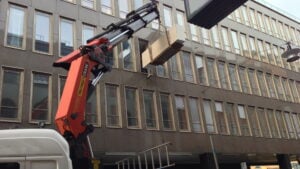
Four different vehicles, but one risk factor that needs to be considered before operating or lifting with them. The bigger the object being carried, the more wind resistance it creates, so the more force will be exerted on the machine.…
WorkSafe says that “Trainers and supervisors of workers should be competent. They can be in-house or from external organisations.” As everyone is in the chain of responsibility, this enables you to choose a person in your company to look after…